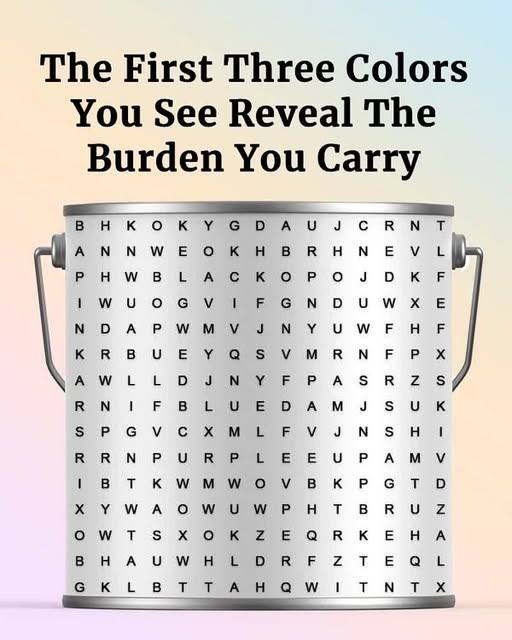Colors speak in a language beyond words. They bypass logic, touching something raw and instinctual—emotions, memories, and the layers of our subconscious we rarely access. The first three colors you’re drawn to aren’t just preferences. They’re signals. Clues. Reflections of your inner emotional landscape. Take red: it often suggests a fire within—passion, urgency, conflict, even unhealed anger. Blue, in contrast, evokes stillness or sorrow—perhaps a longing for peace, or a hidden pool of grief. Purple points to change, introspection, and healing—the mark of someone navigating transformation. Each color you gravitate toward can be a breadcrumb leading you back to a feeling you’ve carried quietly for years.
This emotional relationship with color is deeply rooted in both biology and culture. On one hand, the brain processes color through neural pathways tied to memory and mood, making hues capable of triggering immediate emotional responses. On the other hand, cultural context gives color its shifting symbolic weight. In the West, white might represent innocence or new beginnings, while in some Eastern traditions it’s tied to mourning. Red is danger in one culture, celebration in another. This dual lens—neuroscience and culture—shapes how color speaks to each of us.
But beyond symbolism, color can be a profound tool for emotional insight. When you notice a color pulling you in, ask yourself: Why this one? Why now? What memory does it stir, what feeling does it echo? Exploring this through journaling, art, or therapy can reveal hidden emotions—ones that words often fail to access. Color becomes not just an aesthetic, but a mirror. Modern science now supports what ancient traditions have long practiced: color affects not only our emotions, but also our hormones, heart rate, and mental health. From color therapy to AI-integrated emotional tracking tools, the intersection of technology and ancient wisdom is creating new pathways for healing.
Whether through immersive environments, lighting, or personal reflection, color is increasingly being used as a therapeutic ally. From infancy to adulthood, our relationship with color evolves. It is shaped by genetics, life events, and personal trauma. Yet even in its shifting form, color remains a constant companion—sometimes soothing, sometimes triggering, always revealing. The colors you choose may be telling you something important. Listen closely. They might be showing you who you are—and what you’re still carrying.
